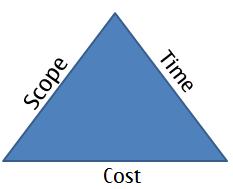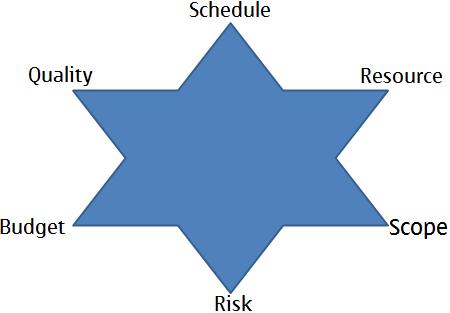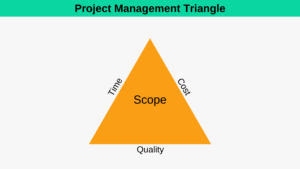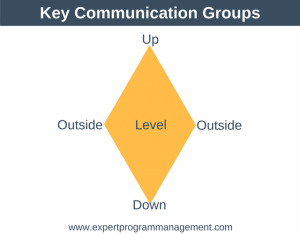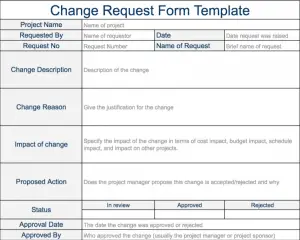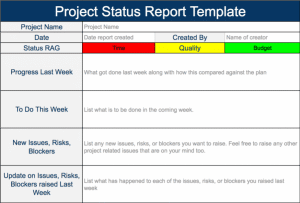I’m sure you’re all familiar with the term “triple constraint”, which refers to the three way conflict between scope, time, and cost. This constraint is often represented diagrammatically as follows:
What this diagram is attempting to show is that if you change any constraint (scope, time, or cost) you must impact the other two constraints in some way. For example, if you wanted to increase the scope of a project, this will have the effect of increasing the time taken and thus the cost of the project. On the other hand, if you wanted to reduce the time taken, but we’re not prepared to reduce the scope, then clearly it’s going to cost more to complete the project.
In the 4th edition of PMBOK, some changes have been made to this notion of the triple constraint. Firstly, the term cost has been changed to “budget”, and the term time to “schedule”. More importantly (in my opinion), three new constraints have been added: Quality, Resource, and Risk. Diagrammatically, this might look as follows:
You could argue that Quality was previously covered under Scope, and Resource under Cost, but I don’t think that Risk fits anywhere under the original constraints. Let’s look at the 6 constraints a little closer.
Changing any one of the constraints will impact the other five. Your aim is to apply the constraints to meet the unique needs of the project you’re managing. You should be working with your stakeholders to make conscious decisions about the 6 constraints.
For example, if you’re running a project that must hit a specific date, then if by going through the constraints with your stakeholders they determine that the date must be held but your budget can’t be increased, then clearly they must make compromises around some or all of scope, quality, resource, or risk. It could be that through negotiation you agree that scope will be reduced and the quality bar will be lowered. Essentially the six constraints are a tool you can use to manage your stakeholders and their expectations.
